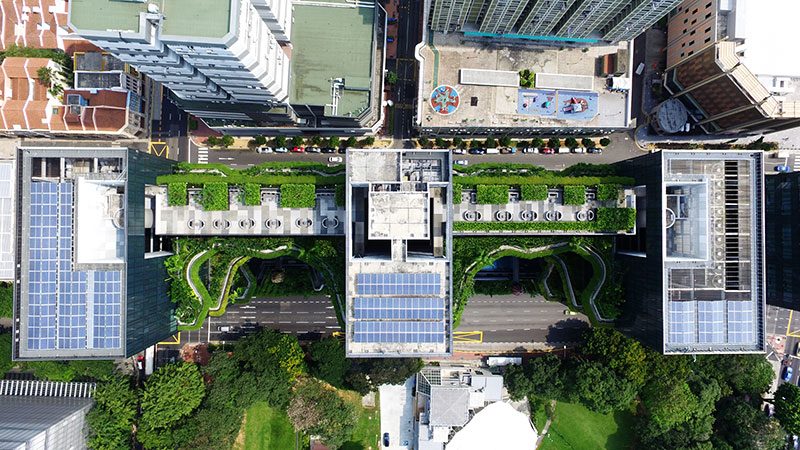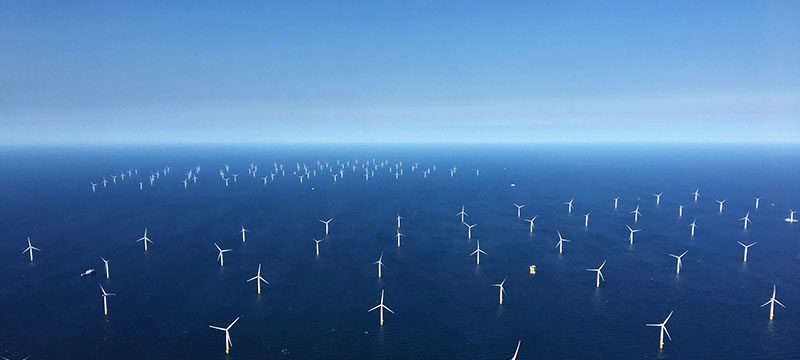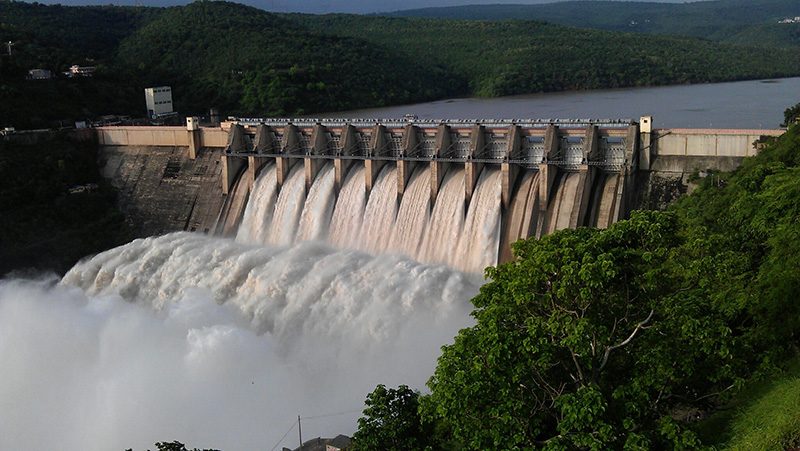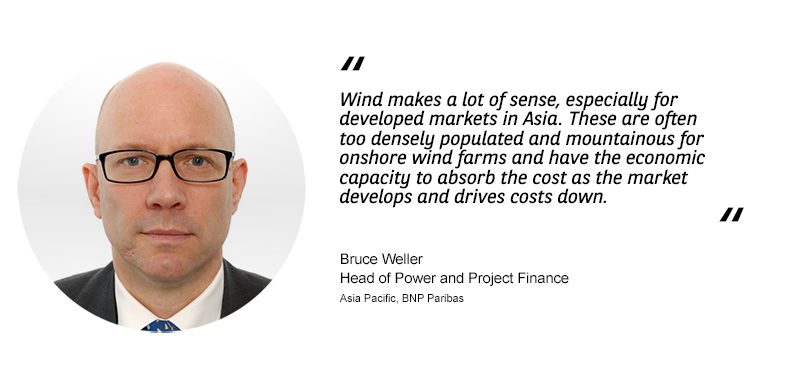Japan’s new Prime Minister, Yoshihide Suga, recently announced that the country has set a net-zero emissions target for 2050, under which the archipelago state will need to produce a lot more of its energy from renewable sources. The announcement follows similar pledges from China and Korea this year, where moves are also underway to transition away from coal-fired power generation.
The closely timed commitments from three of Asia’s most significant economies could mark a turning point in the battle to control climate heating, given the region accounts for more emissions than any other continent. But achieving net-zero emissions will mean taking on a new set of challenges when it comes to financing and developing renewable [or alternative] energy sources.
Asia’s growing population and rising middle class will require more energy than ever before. Asia must embrace renewable alternatives, if it is to meet its growing electricity demand while reducing greenhouse gas emissions. The ‘decarbonisation’ of energy will require government support, and significant long-term investments.
What are the main types of renewable power that will fuel Asia’s new energy needs, and how will countries finance the transition?
Solar heats up
When it comes to renewable energy in Asia, solar power is an undisputed leader. In fact, China is the world’s largest solar power producer, with around 193 gigawatts (GW) a year, according to Bloomberg estimates. Meanwhile India wants to produce 450 GW from renewables by 2030, against a current total installed capacity of 370 GW.
Huge solar farms are popping up all over Asia, as analysis shows solar energy will continue to be the most cost-effective way to meet renewable energy targets.
“Solar has become much cheaper, and particularly in the last ten years the cost curve has been driven down dramatically,” says Bruce Weller, Head of Power and Project Finance, Asia Pacific, BNP Paribas. He adds that solar plants are relatively simple to build, materials are mass-produced and readily available, and the technology is well-established and safe.
Asia must embrace renewable alternatives, if it is to meet its growing electricity demand while reducing greenhouse gas emissions. The ‘decarbonisation’ of energy will require government support, and significant long-term investments.
The funding model for solar is also changing.
While traditionally within the domain of project finance, a more mature solar
market in Asia could lend itself to a securitization model, similar to how the
industry is funded in more developed markets. In the United States, for
example, a boom in private rooftop solar has created a vibrant solar
asset-backed securities market.
“Once the industry reaches a critical mass in
Asia, new avenues of funding will open up. At the project level, bank financing
will likely still prevail. But once companies prove themselves and approach or
become investment-grade, they will be able to access capital markets,” says Bruce.
One of the biggest challenges of solar is
finding the land to install solar panels. Solar power is not the answer for
highly urbanised places like Hong Kong and Singapore, however governments are
exploring other options with near-shore and vertical solar installations.
Offshore wind power
Asia holds potentially the most exciting markets for windfarm investments: its long coastlines and increasingly favourable government policies in a number of markets suggest a bright future.

“Wind makes a lot of sense, especially for developed markets in Asia,” says Bruce. “These are often too densely populated and mountainous for onshore wind farms and have the economic capacity to absorb the cost as the market develops and drives costs down.”
According to the Global Wind Energy Council (GWEC), total global offshore power installation last year was a record 6.1 GW, of which 2.5 GW was in Asia Pacific. Taiwan has been a pioneer in the region, bringing in international expertise to connect its first large-scale offshore wind project to the grid in 2019. Its ambitious plans will see 5.6 GW of energy capacity from this source to be installed by 2025 and a further 10 GW is planned between 2026 and 2035. BNP Paribas acted twice as the Green Advisor and Joint Lead Manager for Ørsted, a leading renewable energy company, to issue Taiwan Dollar Denominated Green Bond to fund its offshore wind projects in Taiwan.
“Developing offshore wind power depends on two factors: government support and energy pricing,” adds Bruce. With policy support in place and more cost efficient technical solutions available, Bruce points out, increased capacity will drive down per-unit pricing and render wind power increasingly viable.
While Japan’s
complex system of licensing and permissions has slowed progress, its government
created four offshore wind zones and held its first offshore wind auction in
July. The government has set a target of meeting 22-24% of Japan’s power needs
with renewable energy by 2030. As a result, Japan is expected to install 7.4 GW this decade with an associated funding requirement.
Water, water everywhere
its hydropower output since 2000, led by projects in Laos, Indonesia and Vietnam.

